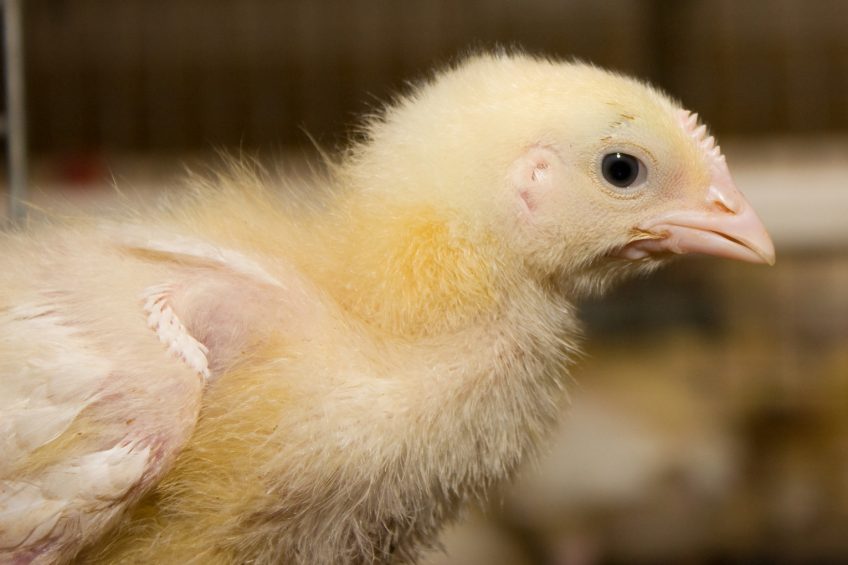First molecular characterisation of aMPV carried out

Scientists claim to have successfully carried out the first molecular characterisation of avian metapneumovirus (aMPV) in Turkish broiler flocks.
Disease is widespread
Although the virus primarily hits turkeys, it does affect chickens and other domesticated fowl such as pheasants. Transmission is via the respiratory tract and the disease is widespread over most continents with high stocking densities a contributing factor for the easy spread.
Clinical signs
Clinical signs range from mild respiratory symptoms to neurological signs and mortality but the frequency and genotype diversity of aMPV in Turkish flocks is not known at present.
The study
The aim of the study, carried out by researchers from Italy, Turkey and the UK, was to report the first molecular identification and phylogeny of aMPV which is circulating in Turkish broiler flocks.
Trachea tissue samples and tracheal swabs were collected from 110 flocks from different geographical areas of Turkey between March 2017 and March 2018.
Detection of aMPV was confirmed using universal reverse transcriptase RT-PCR and 8 (7.2%) were positive for aMPV.
Sequence analysis of the G gene revealed the exclusive presence of subtype B viruses with 3 field isolates clustered closely with a 2002 Israeli isolate, indicating a potential transmission route through the Middle East.
The remaining 5 isolates were closely related to a vaccine strain even though broiler flocks are not routinely vaccinated against aMPV.
The scientists say this could be linked to nearby vaccinated turkey farms.
Check out the interactive Poultry Health Tool – with the latest insights on the 40+ most common poultry diseases.
Additionally, the presence of some nucleotide substitutions compared to the reference vaccine sequence suggests prolonged circulation and evolution of the original vaccine virus or a vaccine subpopulation was selected under field conditions.
They conclude that the evidence emphasises the need for further detailed and more systemic approaches to evaluate aMPV spread and evolution in order to design effective control strategies.
The study is reported in the American Association of Avian Pathologists.













